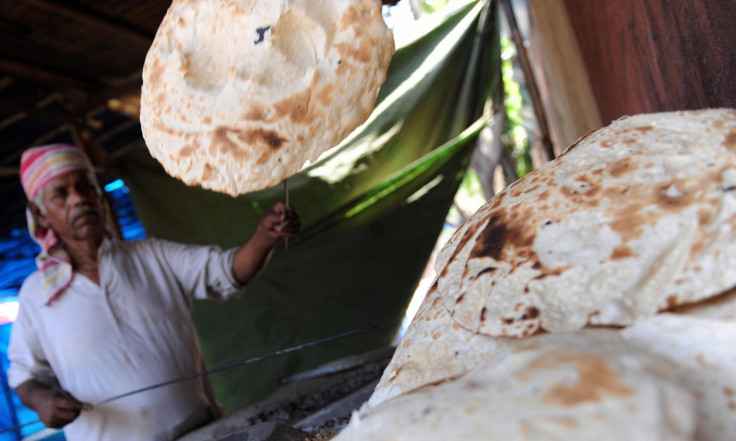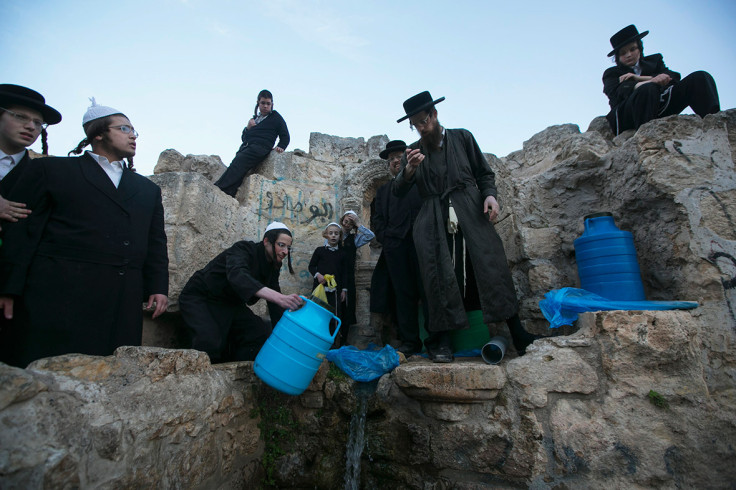Passover 2015: History, facts and traditions of the Jewish festival Pesach

The festival of Passover, or Pesach, will begin on Friday as Jewish communities worldwide commemorate the liberation of the Israelites from slavery, in one of the important festivities in the Jewish calendar.
According to the Book of Exodus in the Torah, Moses called for the Pharaoh to free the Israelites, warning that if he failed to do so, Egypt would be struck by terrible plagues – the last one of which would be the death of every Egyptian first-born male.
The Pharaoh refused to do so, despite the onslaught of plagues of frogs, flies, the death of livestock and total darkness. To avoid the killing of all Egyptian first-born males, Moses urged Jews to mark their doors with lamb's blood to spare the men – after which the Pharaoh relented, allowing the Israelites to flee Egypt. The word "pesach" comes from the Hebrew root Pei-Samekh-Cheit, meaning to pass over or to spare.
When is Passover Celebrated?
Passover begins on the 15th day of the Hebrew month of Nisan, which typically falls in March or April of the Gregorian calendar. This year, Passover will start at the sunset of Friday 3 April and end on the evening of Saturday 11 April.
How is the festival celebrated?
Passover is divided into two celebrations. On the first two days and the last two days, Jewish people light holiday candles at night and prepare special meals, abstaining from working, driving, writing or using electrical items. During the middle four days, known as chol hamoed, semi-festive "intermediate days", most forms of work are permitted.
What foods are eaten during Passover?
An unleavened bread called matzah is traditionally eaten in commemoration of the Jews fleeing Egypt, as they are said to have escaped in such a rush that their bread did not have time to rise.
During the festival, Jewish communities try not to consume any "chametz" – meaning food or drink that contains leavened grain. This includes bread, sweets, cereal, pasta and most alcoholic beverages. Water to be used in matzah baking must be left to stand overnight to ensure that it is allowed to cool. This water is then referred to as mayim shelanu, meaning water which has "slept".

What is the Seder?
It is traditional for Jewish families to gather on the first night of Passover – the first two nights in communities outside of Israel – for a dinner called a seder, derived from the word for "order" in Hebrew.
During the meal, the story of the exodus from Egypt is retold using a special text called the Haggadah and four cups of wine are drunk at various stages during the narrative. An extra cup is left for the prophet Elijah, who is believed to reappear and announce the coming of the Messiah.
On the table, there are three unleavened breads on top of each other. At the start of the Seder, the middle matzah is broken and the largest piece is hidden for the children to find – whoever finds it receives a small prize.
What role do children play during the Passover Seder?
Children have an important role in the meal as traditionally, the youngest child is prompted to ask questions about the Seder. The questions, aimed at discussing the significance of the symbols in the meal, are:
Other adults at the meal will use prompted responses from the Haggadah.
© Copyright IBTimes 2025. All rights reserved.





















